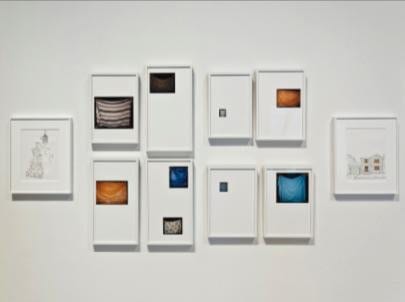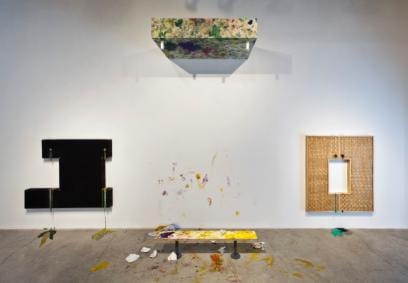
Work by Jonathan VanDyke.
Many people prefer to look forward, ignoring the past and history. Others look to the past as an anchor for the present.
Coming After, a new art exhibit, looks back in order to commemorate the 30th anniversary of the emergence of AIDS – a moment influential in the birth of queer theory and identity.
Curator Jon Davies says the exhibit includes work from artists born in the ’70s and ’80s. “I’m not so interested in how accurately artists are portraying the past, but more how they activate or make these histories come alive for themselves today,” he says.
Davies says many of the artists reminisce about an earlier time they didn’t actually experience.
Artists include Aleesa Cohene, Glen Fogel, Christian Holstad, Adam Garnet Jones and Jonathan VanDyke.
“What marks me generationally is that it wasn’t my friends who were dying,” says New York-based artist Sharon Hayes. “It was the people I was just discovering, people I was just beginning to model myself after, people I longed to become.”
Toronto artist Jean-Paul Kelly agrees, noting the early years of AIDS have parallels with today.
“Many of the artists who had died in the mid-’90s were part of a particular moment in the Mulroney years in Canada when things had to be political,” he says. “You had to inject your voice in some way because it was a necessary striving forward of something, and I don’t think that has changed at all.”
The bodies of work are poignant and timeless – they will touch alike those who were part of an earlier era and those who missed these important years in gay history.
“The visitors are projecting themselves,” says Davies. “And their bodies are populating the empty spaces and bringing in their own projections and ghosts to it.”
In this sense, Coming After effectively demonstrates how the human mind seems to be able to relate to and understand a situation or slice of history without having physically been a part of it.
“Our bodies are always changing,” says VanDyke. “Sometimes it’s almost imperceptible, but we know that our bodies are aging, changing, feeling things, reacting to our environment, which itself is changing sometimes in a catastrophic way.”
The Deets:
Coming After
Runs until March 4
The Power Plant
231 Queen’s Quay W
thepowerplant.org

 Why you can trust Xtra
Why you can trust Xtra


